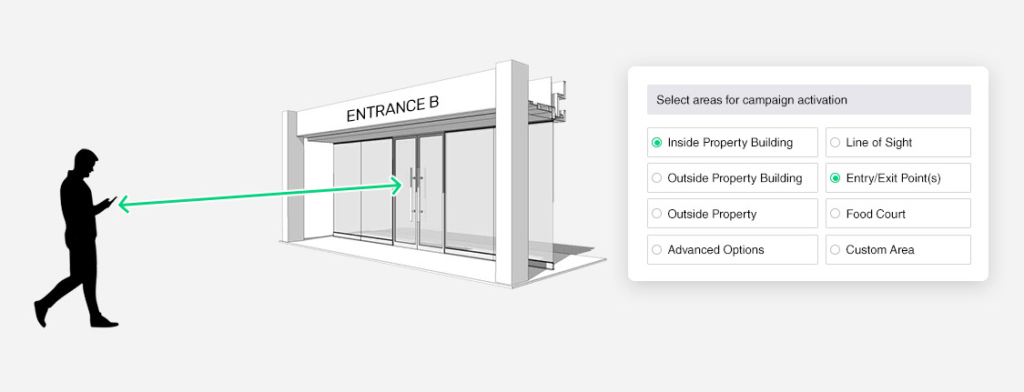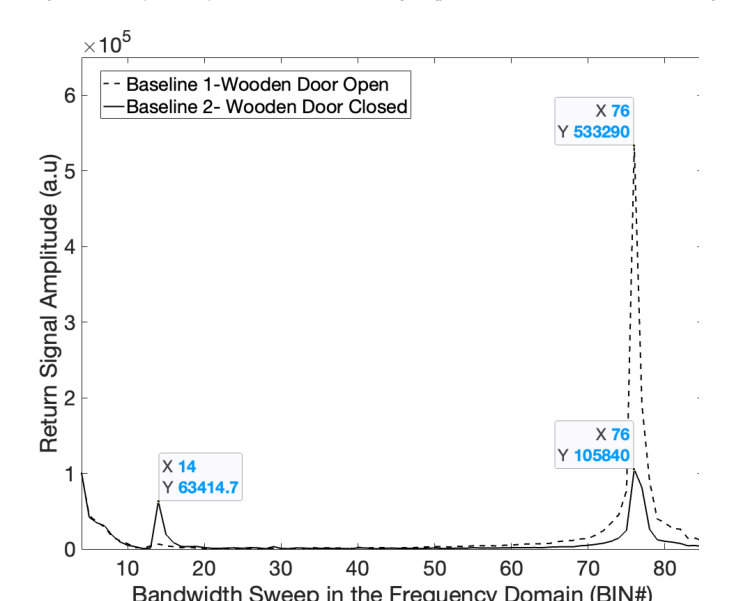When it comes to setting up baselines, there are many factors to consider. One of the most important aspects is proximity. Proximity baseline refers to the distance or closeness between two points, and it plays a crucial role in determining the effectiveness of a baseline. In this blog post, we will delve into the concept of proximity baseline, its importance, and how it is applied in various fields, including sports and business.
Baseline for What?
Before we dive into the details of proximity baseline, let’s first understand what a baseline is. In simple terms, a baseline is a reference point or starting point that is used for comparison or measurement. It serves as a standard against which future changes or progress can be evaluated. Baselines are commonly used in various fields, such as statistics, economics, and sports.
In sports, baselines are used to measure the performance of players and teams. For example, in baseball, a player’s batting average is compared to the league average to determine their level of success. Similarly, in business, baselines are used to track progress and set goals. A company’s sales from the previous year can serve as a baseline to measure their growth in the current year.
How Does One Decide Proximity?
Proximity refers to the nearness or closeness of two points. When it comes to establishing baselines, proximity is determined by the distance between the baseline and the actual data points. The closer the baseline is to the data points, the higher the proximity. However, deciding on the appropriate proximity for a baseline can be challenging as it depends on various factors.
One factor to consider is the nature of the data being measured. For instance, in sports, the proximity baseline for measuring a player’s batting average may differ from that of measuring their home runs. Another factor is the purpose of the baseline. If the goal is to track progress, a closer proximity may be preferred, while a wider proximity may be suitable for comparison purposes.
Why Is Proximity Even Important When We Set Up Baselines?
Proximity plays a crucial role in determining the effectiveness of a baseline. It allows for a more accurate and meaningful comparison between data points. A baseline with a high proximity will provide a better understanding of the performance or progress being measured. On the other hand, a baseline with a low proximity may not accurately reflect the true picture.
Moreover, proximity helps in identifying trends and patterns. A baseline with a high proximity can reveal subtle changes and fluctuations in data, which may not be visible with a lower proximity. This information can be valuable in making informed decisions and setting realistic goals. Therefore, proximity is essential in ensuring that baselines are effective and reliable.
How to Compute Proximity in Baseball?
In baseball, proximity is used to measure the distance between a player’s performance and the league average. This is commonly referred to as “plus/minus” or “proximity score.” The formula for computing proximity in baseball is:
Proximity Score = (Player’s Stat – League Average) / League Standard Deviation
For example, let’s say a player has a batting average of .300, and the league average is .250 with a standard deviation of .030. Using the formula, we can calculate the player’s proximity score as follows:
(0.300 – 0.250) / 0.030 = 1.67
This means that the player’s batting average is 1.67 standard deviations above the league average, indicating a high level of performance.
What Are the Types of Baselines Used for Proximity?

There are two types of baselines commonly used for measuring proximity: absolute baseline and relative baseline.
Absolute Baseline
An absolute baseline is a fixed reference point that does not change over time. It is used to measure the absolute performance of a player or team. In baseball, the league average for a particular statistic can serve as an absolute baseline. This type of baseline is useful for tracking progress and setting goals.
Relative Baseline
A relative baseline, on the other hand, is a dynamic reference point that changes over time. It is used to compare the performance of different players or teams. In baseball, a player’s performance in a previous season can serve as a relative baseline for their current season. This type of baseline is useful for identifying trends and patterns.
Proximity Concept of a Good Baseline
The concept of a good baseline is subjective and varies depending on the purpose and context. However, when it comes to proximity, a good baseline is one that has a high level of proximity. A baseline with a high proximity will provide a more accurate and meaningful comparison between data points, making it a reliable measure of performance or progress.
Moreover, a good baseline should also be consistent and stable. This means that it should remain relatively unchanged over time, allowing for a fair comparison between data points. In sports, this is especially important as it ensures that players are evaluated fairly and consistently.
Why Establishing Baseline Is Good for Proximity?
Establishing baselines is crucial for proximity as it provides a reference point for comparison. Without a baseline, it would be challenging to determine the level of performance or progress being measured. Baselines also allow for the identification of outliers and anomalies, which can affect the accuracy of the data.
Moreover, establishing baselines helps in setting realistic goals and expectations. By comparing current performance to a baseline, individuals or teams can identify areas for improvement and set achievable targets. This can be particularly beneficial in sports, where setting unrealistic goals can lead to demotivation and burnout.
Relationship Between Proximity and Baseline
Proximity and baseline are closely related, as one cannot exist without the other. Baselines provide a reference point for comparison, while proximity determines the accuracy and reliability of that comparison. A high proximity indicates a good baseline, while a low proximity may suggest the need for a different baseline or further analysis.
Moreover, baselines can also affect proximity. For instance, if a baseline is too wide, it may result in a lower proximity, making it difficult to identify subtle changes in data. On the other hand, a baseline that is too narrow may lead to a higher proximity, making it challenging to compare data points accurately.
How Is the Proximity Baseline Applied in Business?

The concept of proximity baseline is not limited to sports; it is also widely used in business. In fact, businesses have been using baselines for decades to track progress and set goals. However, with the advancement of technology and data analytics, the use of proximity baselines has become more prevalent in the business world.
One area where proximity baselines are commonly used in business is in marketing. Companies use baselines to measure the effectiveness of their marketing campaigns and strategies. By comparing current sales or website traffic to a baseline, businesses can determine the success of their marketing efforts and make necessary adjustments.
Another application of proximity baselines in business is in performance evaluation. Companies use baselines to measure the performance of employees and teams. This allows for a fair and accurate assessment of individual and team contributions, which can be valuable in determining promotions, bonuses, and training needs.
Are Proximity Baselines Effective?
The effectiveness of proximity baselines depends on various factors, such as the purpose, context, and data being measured. When used correctly, proximity baselines can provide valuable insights and help in making informed decisions. However, they should not be solely relied upon, and other factors should also be considered when evaluating performance or progress.
Moreover, the effectiveness of proximity baselines also depends on the quality of data being used. If the data is inaccurate or incomplete, it can affect the accuracy and reliability of the baseline. Therefore, it is essential to ensure that the data used for establishing baselines is of high quality.
Conclusion
In conclusion, proximity baseline plays a crucial role in determining the effectiveness of baselines. It allows for a more accurate and meaningful comparison between data points, making it an essential aspect of setting up baselines. Proximity baselines are widely used in various fields, including sports and business, and when used correctly, they can provide valuable insights and aid in decision-making. However, it is important to consider other factors and ensure the quality of data when using proximity baselines.
Read more blogs : what is cladding?


